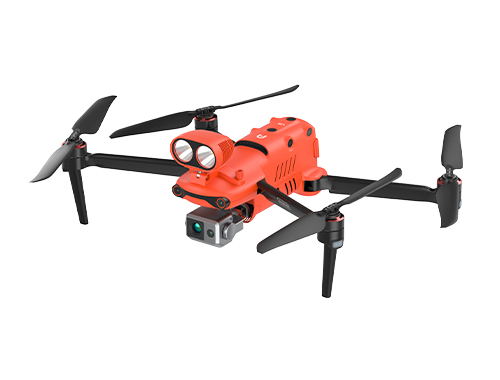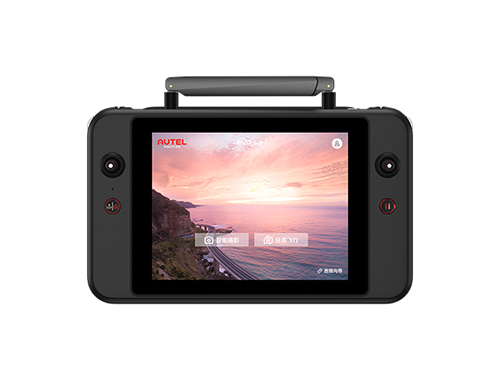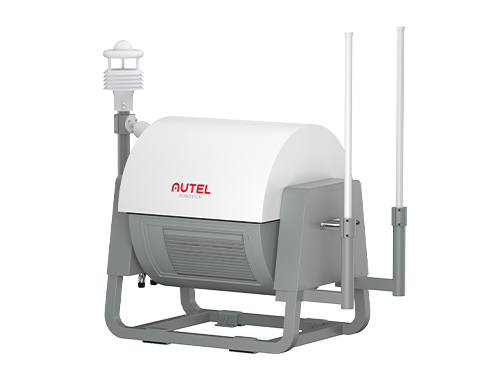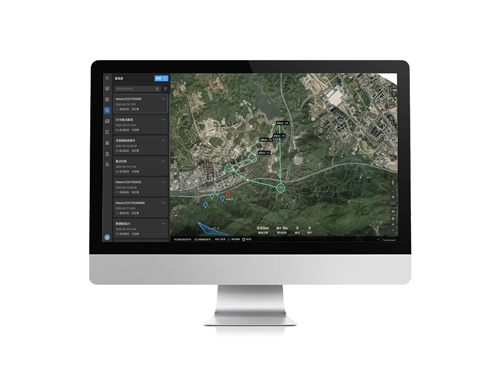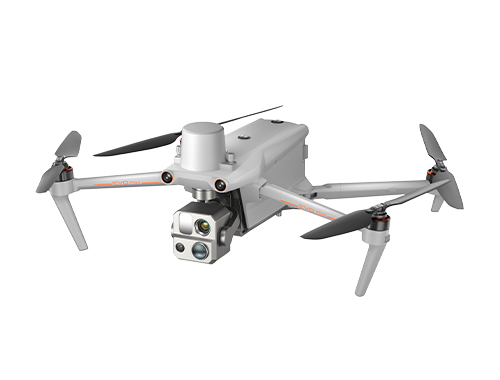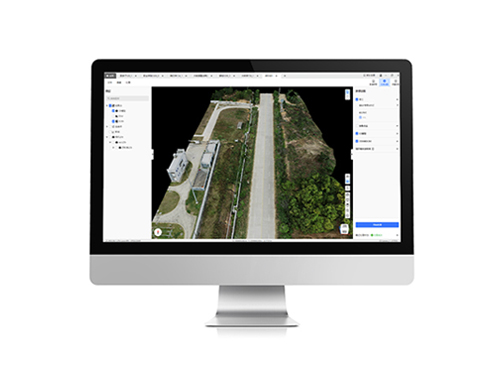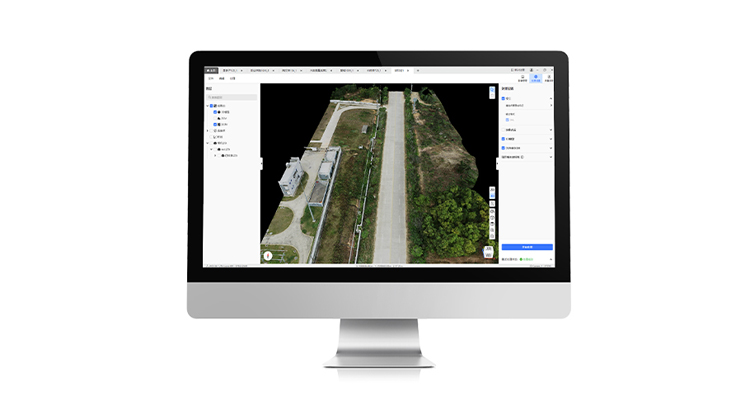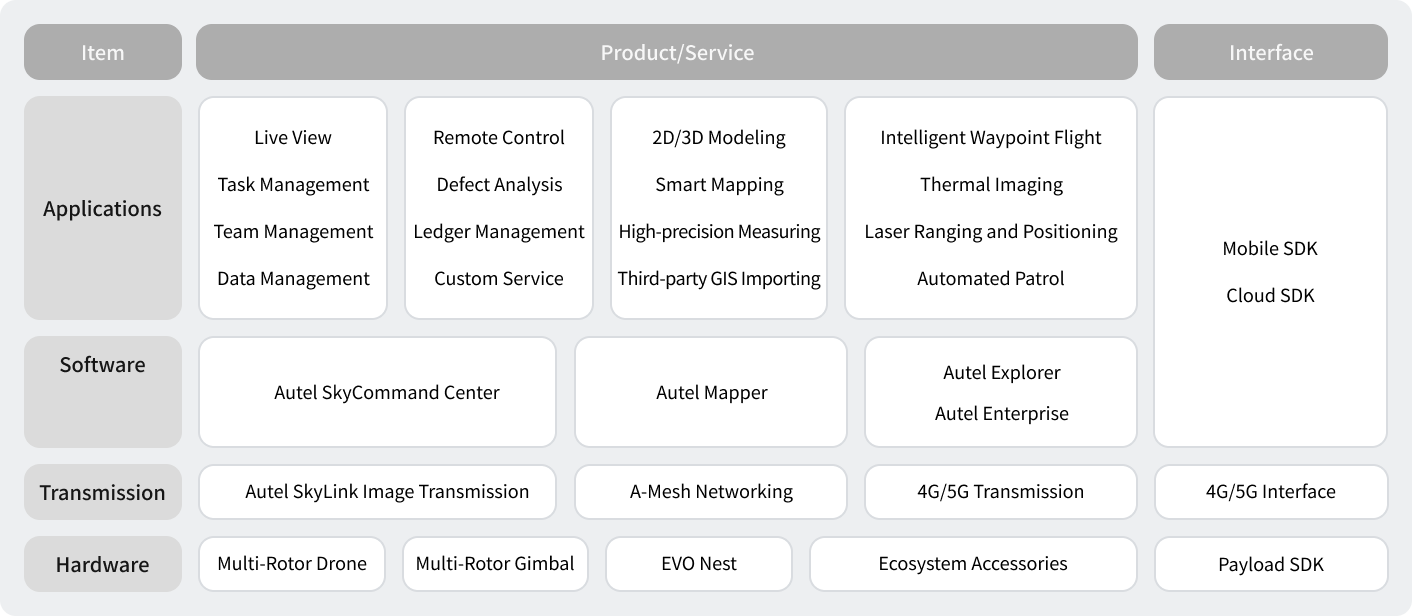
Oil Rig / Refinery Inspection
Eyes in the distance, accelerating and supporting oil field production
Oil Rig / Refinery Inspection
Eyes in the distance, accelerating and supporting oil field production
Overview
Multi-rotor drones can carry multiple loads to carry out intelligent inspection operations on oil fields. Through a series of technologies such as visible light photography, infrared temperature measurement, and gas detection, it is possible to quickly grasp the overall operation of any station, identify and eliminate hidden dangers of leakage rapidly, and effectively improve the efficiency of oil field inspections, all while reducing labor costs, improving management level, and empowering the digitization of energy, construction and production industries.
Pain Points
Complex Inspection Environment
The oil field environment is complex, pumping units are mostly distributed in canyons, high and low terrain, and there are many night patrol scenes, with unique weather, light and other problems bringing great challenges to flight.
Scattered Oil Well Distribution
The distribution of oil wells is irregular, and the number of oil wells can range from tens to hundreds of miles. Inspections in low-density areas have high requirements for image transmission, and the sampling results are often mixed quality.
Unmanned Oil Wells, Manual Operation Difficulties
With the improvement of the intelligence level of oil fields, more and more oil wells have adopted the unmanned mode, and the machine patrol based on manual operation cannot meet the needs of new scenarios.
Solution

Business Value
-

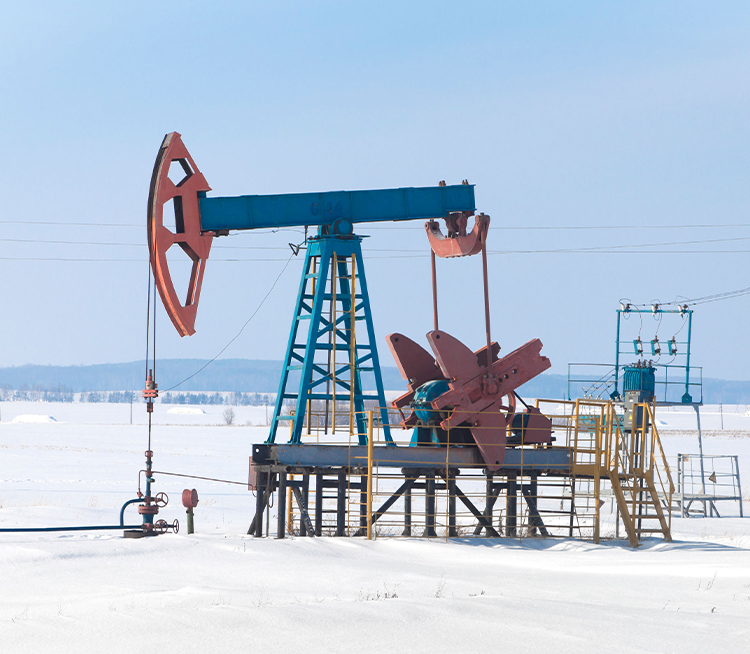
Strong Environmental Adaptability
Easily adaptable, able to operate in environments of -4°F to 122°F, take off, land and fly stably at a wind speed of up to 12m/s, with 40min ultra-long battery life, 15km ultra-long-distance high-definition image transmission, with proven success in canyons and undulating terrain, comfortably able to work normally at night and in bad weather, with strong anti-radio frequency interference capability.
-
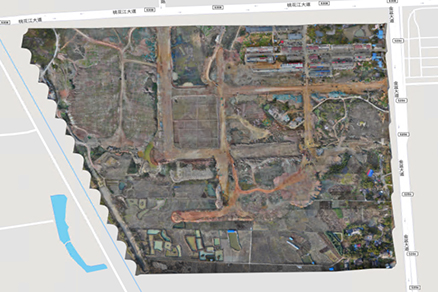

Digital, Intelligent Management
Align orthographic images, one-click panorama, and intelligent archiving of photos for refined inspection of facilities, support multi-layer labeling, label pumping wells, self-flowing wells and other equipment, integrate AI and AR applications, and quickly carry out analysis of oil spills and well shutdowns, utilizing our digital platforms for efficient operations and maintenance.
-
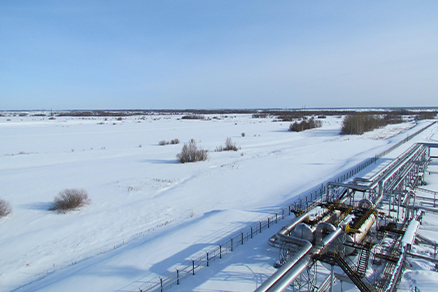
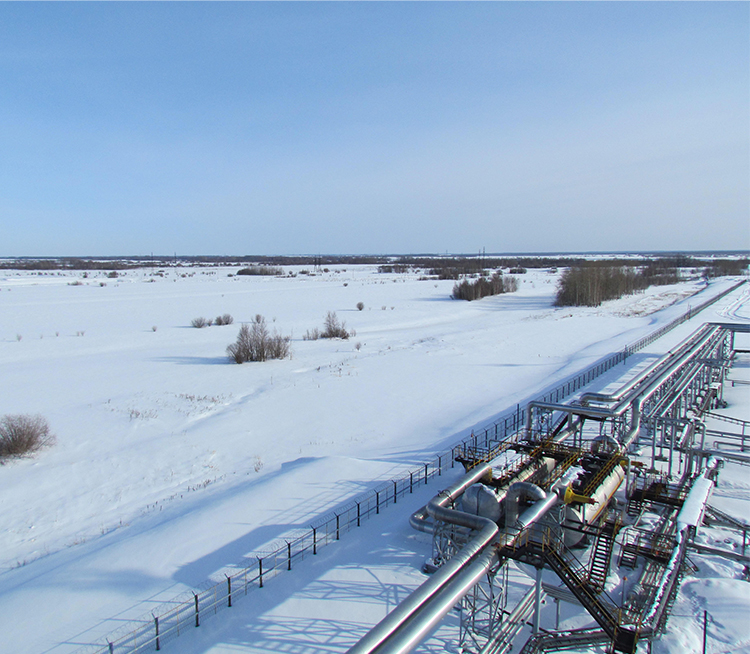
Support Fully Unmanned Inspections
Reasonable site selection can be made based on the terrain of an oil field, and multi-rotor aircraft nests can be deployed in a grid manner. Each aircraft nest can cover oil wells within a radius of just over 4 miles (4.3mi). The operation is uniformly dispatched through the Command Center, and on-site maintenance is free for an extended period.
-


Smart Report Output
At the end of the inspection, a report is intelligently generated, including inspection time, route map, exception list, photos of abnormal points, text description, etc.
Recommended Autel Products
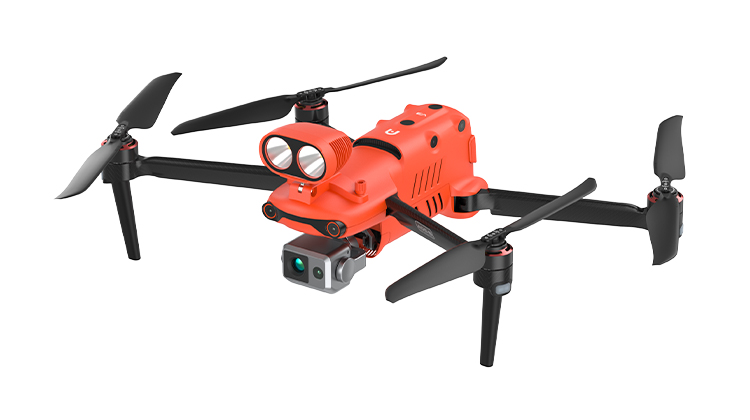
EVO II Dual 640T Enterprise V3
9.3 Miles/15km FCC | RTK Module Compatible
ADS-B Signal Receiver | 42 Mins Flight Time
Learn More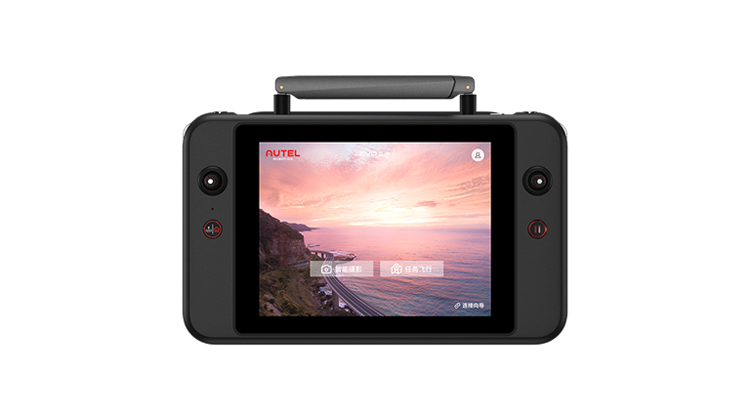
Autel Enterprise
PinPoint | Team Work | Polygon Mission
Waypoint Mission | Oblique Photography
Learn More
EVO II Dual 640T Enterprise V3
9.3 Miles/15km FCC | RTK Module Compatible
ADS-B Signal Receiver | 42 Mins Flight Time
Learn More
Autel Enterprise
PinPoint | Team Work | Polygon Mission
Waypoint Mission | Oblique Photography
Learn More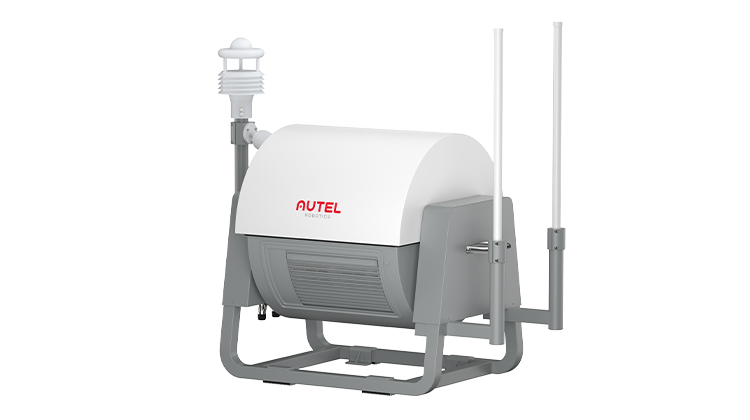
EVO NEST
Autonomous, Semi-Autonomous, Or Remote Piloting | Multi-Nest Systems
All Weather Performance | Transportable & Easy Setup
Learn More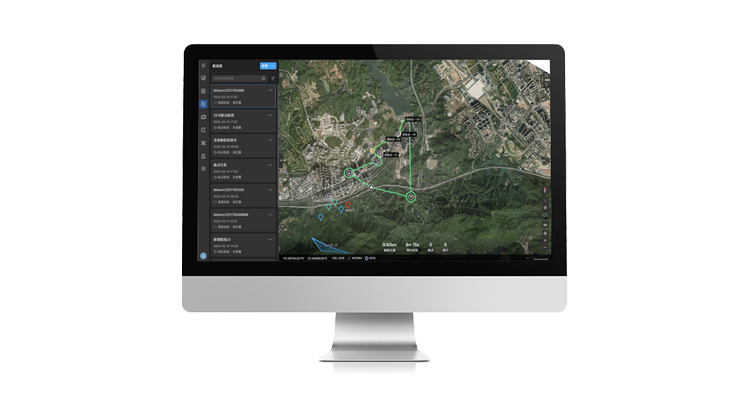
Autel SkyCommand Center
Project And Mission Management | Offline Mesh Network
Multi-Channel Live Streaming | Remote Fleet Control | Data Storage And Analytic
Learn More
EVO Max 4T
720° Obstacle Avoidance | Non-GPS Return-to-Home
42 Mins Flight Time | Automatic Obstacle Rerouting
Learn More
Autel Enterprise
PinPoint | Team Work | Polygon Mission
Waypoint Mission | Oblique Photography
Learn More
EVO NEST
Autonomous, Semi-Autonomous, Or Remote Piloting | Multi-Nest Systems
All Weather Performance | Transportable & Easy Setup
Learn More
Autel SkyCommand Center
Project And Mission Management | Offline Mesh Network
Multi-Channel Live Streaming | Remote Fleet Control | Data Storage And Analytic
Learn More


